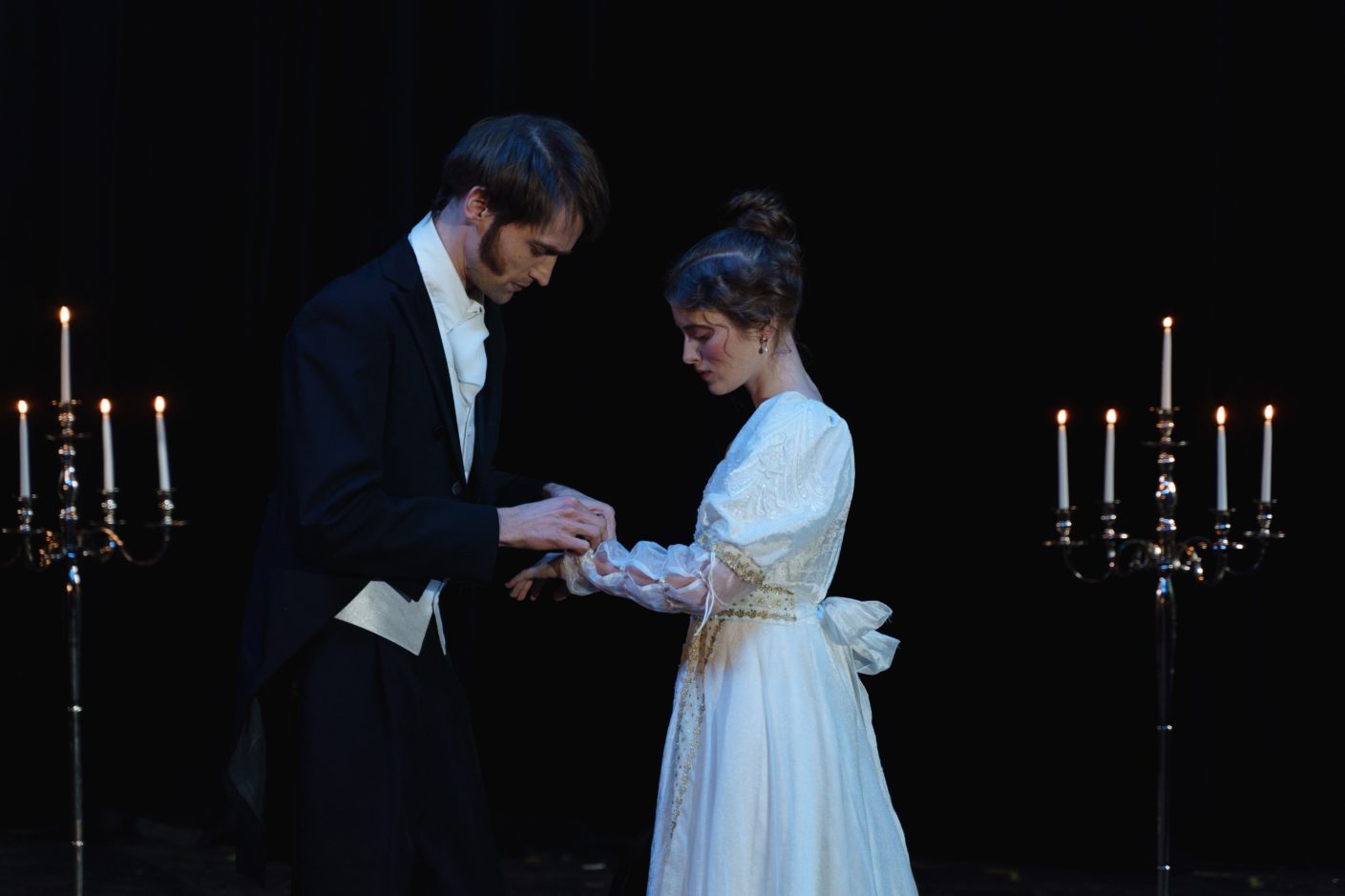What is a Stock Character in Film?
The use of stock characters in film and video are representative of the stereotypical archetypes that tend to be recurring in many fictional works. Chances are, you recognize the stock character, because he or she is likely to have a predefined label, and distinctive characteristics that you quickly come to expect. But, what is a stock character in film?

What is a Stock Character?
Stock characters represent shortcuts that filmmakers, and writers, use to create characters. You might recall them as character archetypes, as the two are very similar although not the same. A stock character is a predefined beginning mold for a particular character in film.
Unlike an archetype which represents a broad and typical example of a particular person or character type, the stock character acts as a beginning mold for a character in which the filmmaker then adds great depth to by providing challenges for them to face and conflicts to overcome.
Shortcut
Think of a stock character as a shortcut to creating a unique character. In the end, your stock character will have unique qualities, but the underlying elements of the individual are typical.
Stock characters typically make up your secondary characters, and despite being “typical” these characters do play important roles in one or more scenes of your film.
Examples of Stock Characters in Film
If you think of a stock character as your stereotypical, fictional character that your audience will recognize due to their frequent recurrence throughout literature and fiction, it’s kind of easy to name some examples of stock characters in film.
Below are a few examples of stock characters that you might recognize from film:
- The Absent Minded Professor – the absent-minded science guru that knows seemingly everything.
- The Action Hero – the protagonist that has unrealistic capabilities to fight.
- The Bad Boy – the macho man with a roguish element about him.
- The Boy Next Door – the super average nice guy.
- The Cat Lady – the old woman that seems to care only about her cats.
- The Damsel in Distress – the noble woman that is in need of rescue.
- The Everyman – just an ordinary person, nothing special here.
- The Final Girl – you know, the last girl standing in a horror film.
- The Girl Next Door – the average girl that is nice, wholesome and caring.
- The Jock – male athlete that is likely super muscular, but not real smart.
- The Lovers – main characters that are deeply, and romantically and blindly in love.
- The Monster – think Godzilla, Frankenstein, generic feral antagonists.
- The Nerd – the super smart, interested in school, always reading socially impaired person.
- The Outlaw – kind of like the bad boy, he’s charismatic but a true social bandit.
- The Reluctant Hero – the individual that isn’t out to be a hero, but seems to wind up the hero anyway.
- The Sidekick – the close companion of the protagonist that’s generally subordinate overall.
- The Southern Belle – the young lady that’s from the upper class of the Old South.
- The Superhero – the unrealistically powerful individual that protects over the public.
- The Tomboy – the girl that acts boyish and likes to do “boy” things.
- The Villain – the evil character in the story.
Overall
As you can see, stock characters are incredibly common in film and form the foundation for building a character. They basically act as the mold, kind of like Mr. Potato Head, and depending on your narration, and dialogue, they come to life in various ways with the same underlying base tones and characteristics.

